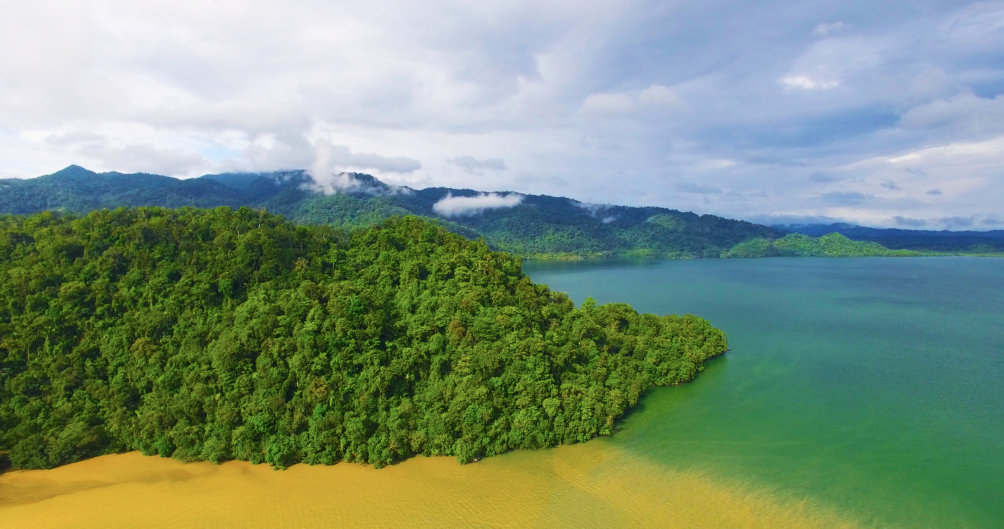Guatemala is located in Central America within the Mesoamerica Biodiversity Hotspot. Bordered by Mexico and Belize to the north and Honduras and El Salvador to the south, Guatemala stretches from the Pacific Ocean to the Caribbean Sea, covering an area just under half the size of Britain.
Divided into the lowland north and volcanic mountainous south, Guatemala has a wide range of terrestrial ecosystems and habitats, with a varied climate. Dense tropical and subtropical moist broadleaf forests cover much of the Yucatán Peninsula and Caribbean lowlands with vast wetlands and lagoons in the east, while in the south premontane mixed pine-oak forests, montane mixed forest and arid thornscrub give way to dry forest and mangroves along the Pacific Coast.


